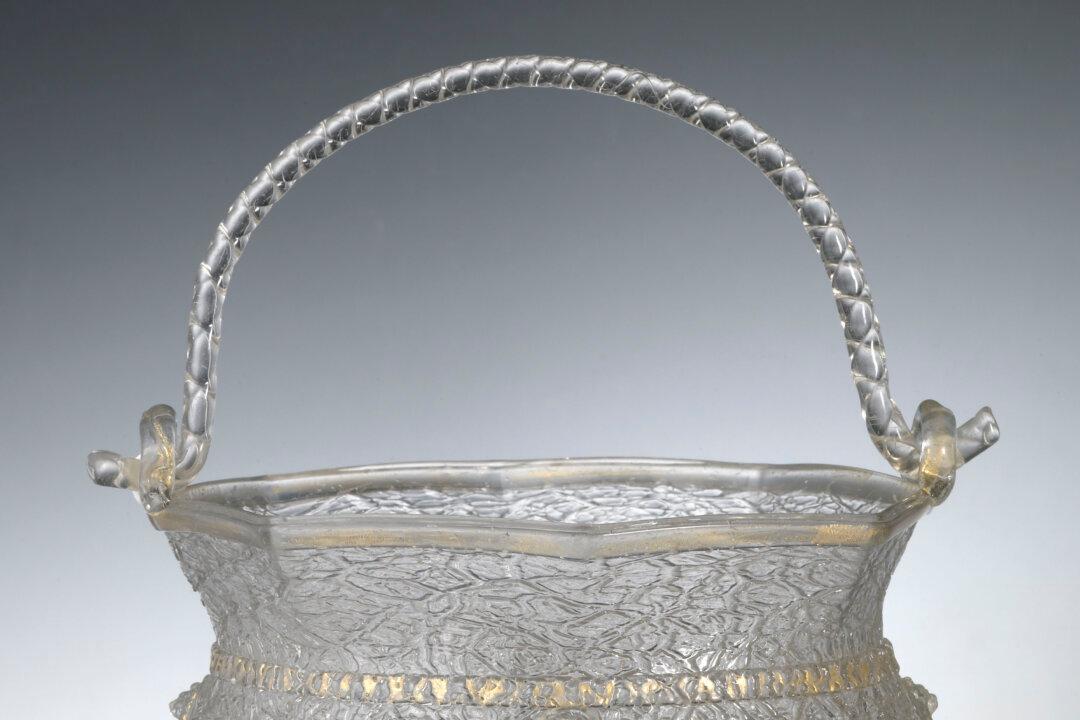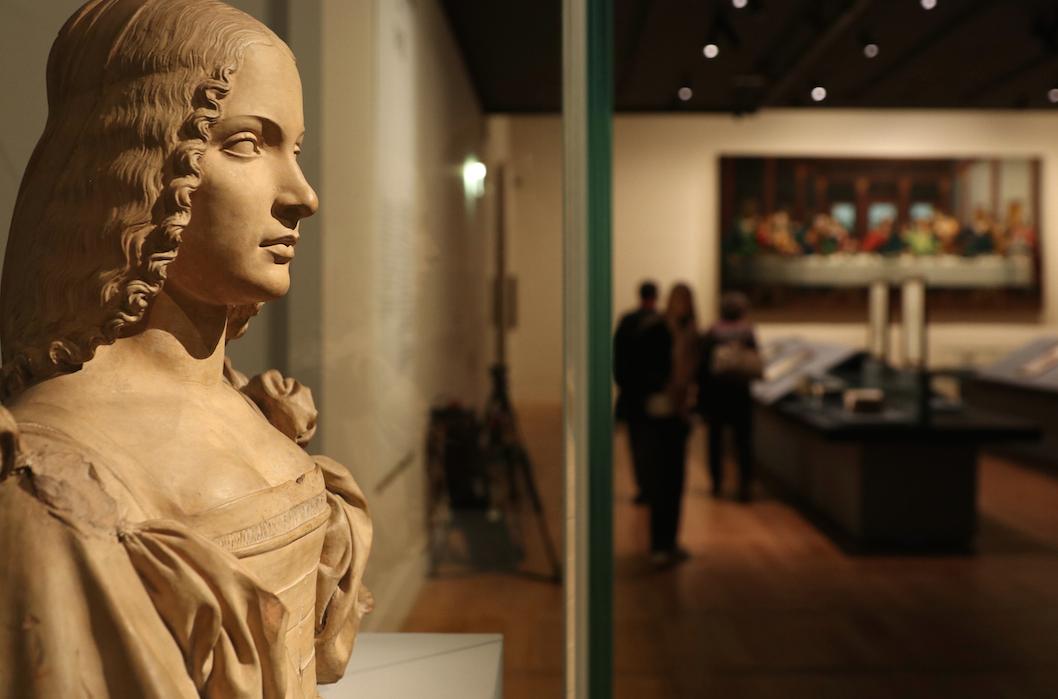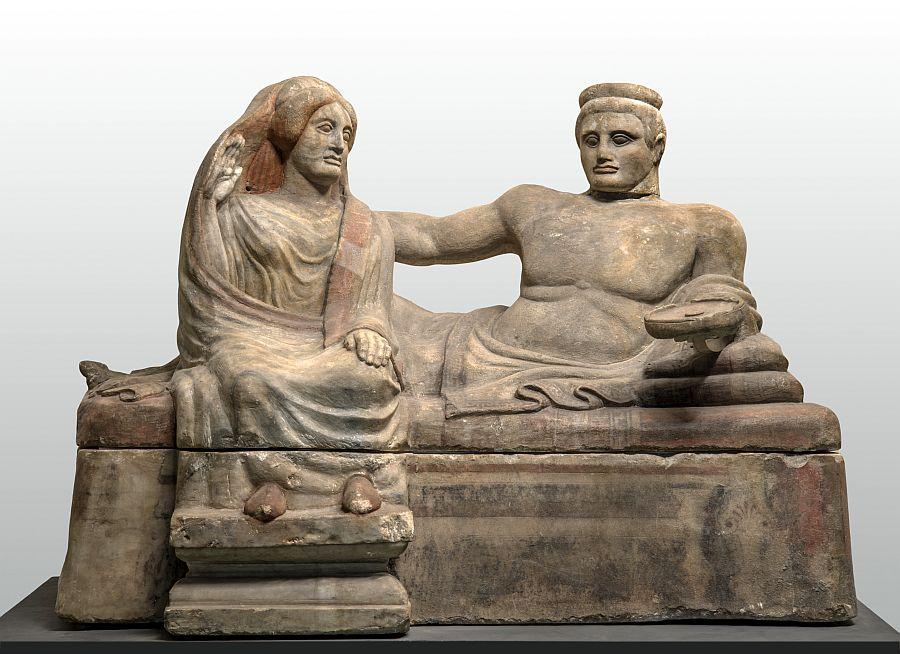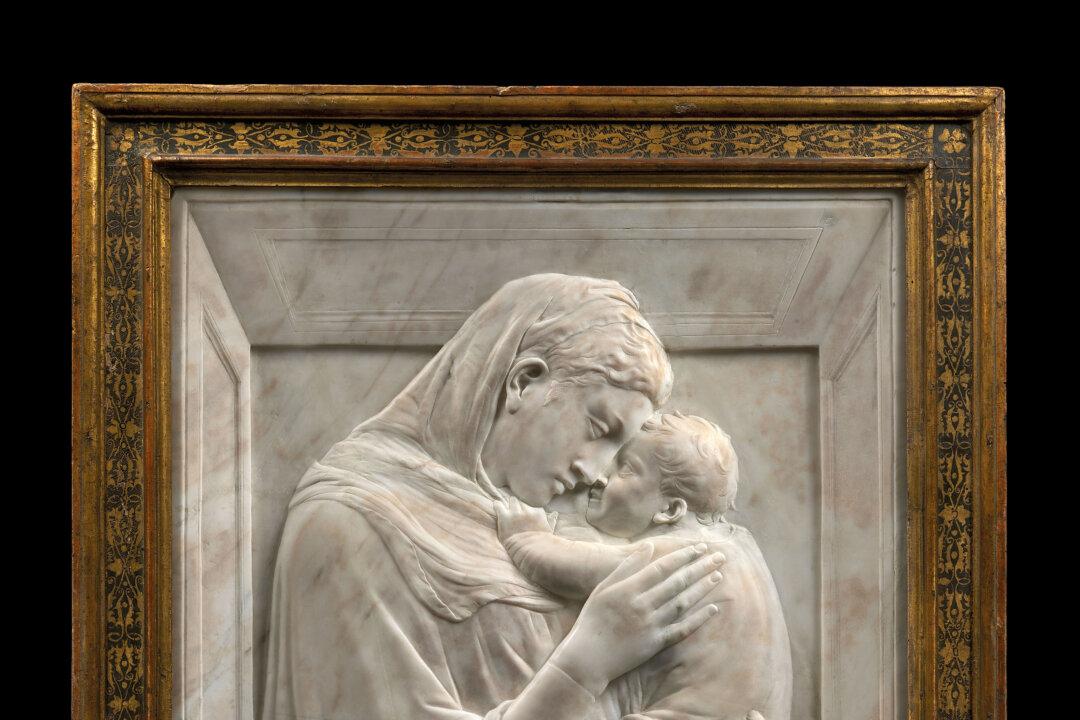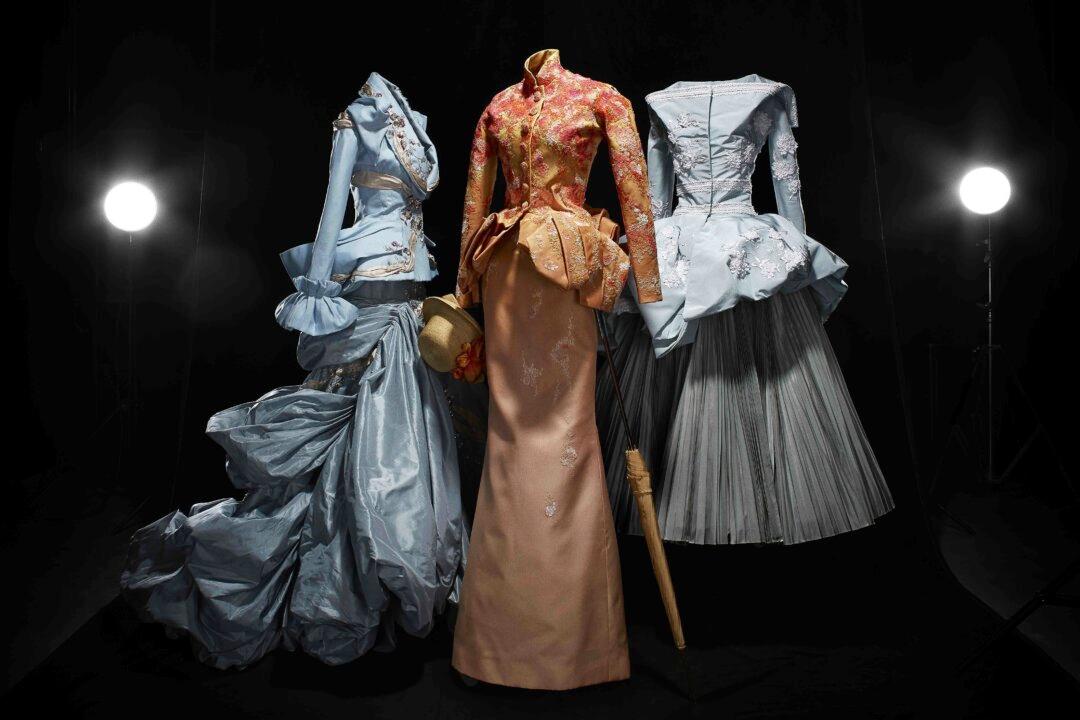Translucent, opaque, capricious or sober–the Maillol museum in Paris Shows a collection of over 200 unique pieces of Murano glasswork from the 15th century to the present day.
Objects from public and private collections, trace the evolution of this precious glass, its art, and its functions throughout these six centuries.
Murano glasswork “as thin as strands of silk” (Georges Bastard, 1878) to which Venice owes its reputation, inspired artists, writers, poets, and nobles.
In this exhibit, one can follow the evolution of taste and tableware from the fifteenth century to the present day. However, one of the major objectives of this exhibition was to rehabilitate the art of glass, which became synonymous with kitsch trinkets made in the Far East and found in tourist shops of Murano and Venice.
The exhibition reminds us that the masters of glass still exist and noble pieces are an integral part of the poetics of contemporary art. The exhbition starts with contemporary works, reminding us that the true art of glass is not lost, but rather, finds ways to renew itself.
Interaction Between East and West
The art of glass, the magic fusion of fire and sand, was born at the dawn of time in 3500 BC. in Mesopotamia.
In the 12th century, the glasswork in Venice becomes the most important industry after the shipyards. It quickly moved to the island of Murano to prevent fires, but also to keep the secrets of the craft. For a long time the master glassmakers were not allowed to leave the island, and the violation of this law cost the life of the transgressor.
As a crossroads between Europe and the East, Venice occupied a prominent position in the manufacture of glass. This junction between two worlds allowed a rich interaction between the legacy of traditions of the Roman Empire and the techniques used in the East.
New Era, New Techniques
Definitely , the most glorious period of this art culminates in the 15th century. The capture of Constantinople by the Ottomans scared away the glassmakers of the East that found refuge in Venice.
Thus, reinforced by new immigrants and glassware, the Island monopolized the glass market adjusting its production to meet the tastes of luxurious Renaissance Courts. As a result of this trend, dynasties of glassmakers were born.
New techniques emerged and the old were revalued. The enamel paint regained its former glory while the imitation of porcelain, as a new technique, came into vogue.
According to some, it is probably at this time that the master glassmaker Angelo Barovier develops Cristallo —a clear glass like crystal. This is the same Angelo Barovier who invented the opaque white glass the lattimo in imitation of Chinese porcelain.
Jugs glasses, vases, bowls, salt cellars in transparent, blue, green, white with Chinese or oriental motifs—a fascinating assembly of shapes, colors and ornaments. As objects coveted by princes, kings and even popes, all Europeen Courts Venetian glass was widely imitated.
The Baroque comes and Murano glass still surprises. If the Renaissance put forward aesthetics of antiquity and refinement, Baroque uses fantasy and encourages the quirks. This is also the age of illusion and optical effects.
In 1797, Venice lost its independence to Napoleon and as a result the art of glassmaking declines. Bohemian glass replaces Venetian glass until the 20th century. Art Deco is restoring Murano glass and render its former glory to glassmaking.
But it is mainly thanks to Peggy Guggenheim, who fell in love with the island and is fascinated by the art of the glass. Artists such as Man Ray, Arp and Fontana will be interested by it as well. Glass is aa tradition that continues with contemporary artists such as Mona Hatoum, Javier Perez and Fred Wilson.
“Fragile–Murano,” will be at the Musée Maillol in Paris until July 28.

